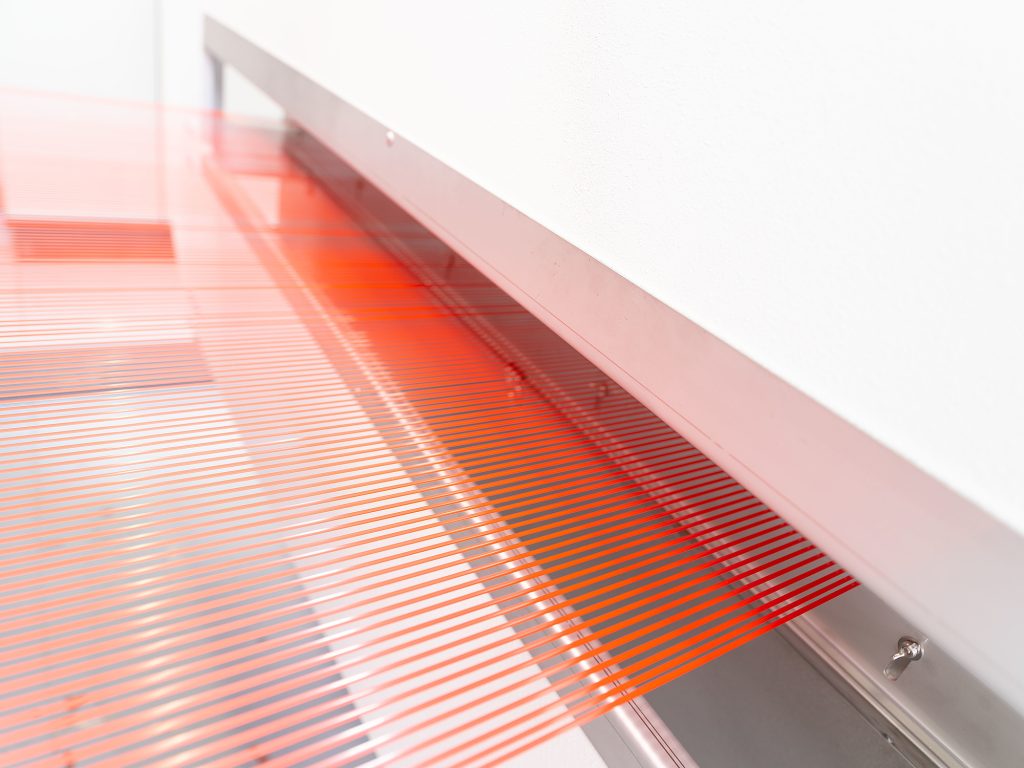
- 1. The Critical Role of Woven Poly Bags in Food Ingredient Packaging
- 2. Product-Specific Packaging Requirements and Solutions
- 3. Engineering Custom Labeling Solutions
- 4. Compliance and Cost Optimization Strategies
- 5. FAQs: Navigating Complex Requirements
- 6. Future Innovations: Smart Packaging and Sustainability
A Conversation with Ray, CEO of VidePak:
Client: “We need packaging solutions for food ingredients like flour and spices that meet strict safety standards but also allow vibrant branding. How do woven poly bags address these needs?”
Ray: “Woven poly bags offer unmatched versatility—combining FDA-compliant materials, customizable HD printing, and load capacities up to 50kg. At VidePak, our Starlinger machines produce bags with 99.9% seal integrity, reducing food spoilage by 25% while enabling full-color branding that lasts. Let me break down how we optimize these bags for your specific products.”
1. The Critical Role of Woven Poly Bags in Food Ingredient Packaging
Woven polypropylene (PP) bags have become the backbone of dry food ingredient logistics, offering a balance of strength, cost efficiency, and regulatory compliance. Designed for products ranging from flour and sugar to food additives, these bags achieve tensile strengths of 35–60 N/cm² and moisture vapor transmission rates (MVTR) as low as 0.5 g/m²/day, outperforming paper and PE alternatives in humid environments.
VidePak’s global footprint—supported by 100+ circular looms and 30+ printing machines—enables annual production of 60 million bags, with customization options spanning 10-color HD prints to specialized barrier coatings. The company’s ISO 22000 certification and compliance with FDA 21 CFR 177.1520 ensure food-grade safety for ingredients like spices and additives.
2. Product-Specific Packaging Requirements and Solutions
2.1 Comparative Analysis of Food Ingredients
| Product | Key Challenges | Recommended Parameters | Certifications Required |
|---|---|---|---|
| Flour | Moisture absorption, pest resistance | 100–120 g/m² fabric + PE inner liner (40µm) | FDA, EU 10/2011 |
| Sugar | Caking, UV degradation | UV-stabilized BOPP lamination (25µm) | BRCGS Packaging Materials |
| Spices | Aroma retention, light blocking | Aluminum foil composite + 3-layer lamination | ISO 22000, FSSAI |
| Food Additives | Chemical reactivity | Anti-static coatings, FDA-approved inks | REACH, USP <661> |
Case Study: VidePak’s Flour Packaging for a Bakery Chain
A client required bags to withstand 85% humidity during maritime transport. VidePak engineered a 5-layer structure:
- Outer PP fabric (110 g/m²) with anti-microbial treatment.
- BOPP film (20µm) for moisture barrier.
- PE liner (50µm) with desiccant pockets.
Result: Reduced moisture ingress by 92% and extended shelf life by 6 months, compliant with EU Regulation 1935/2004.
3. Engineering Custom Labeling Solutions
3.1 Advanced Printing Technologies
| Technique | Resolution | Color Depth | Durability (Abrasion Cycles) | Compliance |
|---|---|---|---|---|
| Flexographic | 150 lpi | 8 colors | 3,000+ | FDA, EU |
| Gravure | 300 lpi | 12 colors | 5,000+ | ISO 2836 |
| Digital | 600 dpi | Unlimited | 1,500 | REACH |
VidePak’s ColorLock Pro® system uses water-based inks tested for heavy metal content (<1 ppm Pb/Cd), ensuring compliance with China GB 9685-2016. For spice brands requiring olfactory marketing, scented inks with ≤0.01% VOC emissions are available.
3.2 Structural Customization
- Valve Bags for Powders: Precision filling with ±0.2% weight accuracy, minimizing dust emission (tested per ISO 6978-1).
- Gusseted Bags for Bulk Additives: 50% higher stacking strength vs. flat bags, certified for 1,000kg pallet loads (EN 15512).
- Transparent Windows: BOPP windows (≥85% clarity) for visual inspection without compromising barrier properties.
4. Compliance and Cost Optimization Strategies
4.1 Regulatory Alignment
| Region | Key Standards | VidePak’s Compliance Measures |
|---|---|---|
| North America | FDA 21 CFR 177.1520, FTC Green Guides | Non-phthalate plastisol, 3rd-party lab tests |
| EU | EU 10/2011, REACH SVHC | Migration testing <10 mg/kg |
| Asia | China GB 4806.7-2016, India FSSAI | Heavy metal screening (Pb < 0.5 ppm) |
4.2 Cost-Benefit Analysis
- Material Savings: 120 g/m² bags with PE liners reduce material use by 15% vs. standalone liners.
- Logistics Efficiency: Standardized 50cm x 80cm sizes lower palletization costs by 20%.
- ROI Timeline: 18–24 months for high-end configurations (e.g., RFID-enabled bags).
5. FAQs: Navigating Complex Requirements
Q1: How do we prevent spice oils from degrading bag materials?
A: Our aluminum foil-PP laminates (tested per ASTM F1927) resist oil penetration for 12+ months.
Q2: Can bags withstand -20°C freezer storage?
A: Yes. Cold-crack-resistant PP (tested to -30°C per ASTM D746) maintains flexibility.
Q3: What’s the minimum order for custom-printed bags?
A: MOQ starts at 50,000 units, with 15-day lead times using Starlinger’s automated workflows.
6. Future Innovations: Smart Packaging and Sustainability
VidePak is pioneering:
- Edible QR Codes: Soy-based inks printed with nutritional data, compliant with EU 1169/2011.
- Bio-Based PP: 30% sugarcane-derived resin blends, reducing carbon footprint by 45% (ISO 14067).
External Resources:
- For insights into high-barrier food packaging, explore Multi-Wall Woven Bags: Ensuring Safety in Food Packaging.
- Learn about sustainable production in Recyclable PP Bags: Advanced Production with Starlinger Equipment.
Conclusion
Woven poly bags are redefining food ingredient packaging through precision engineering and branding versatility. By leveraging VidePak’s Starlinger-powered infrastructure and compliance expertise, manufacturers can achieve operational excellence while meeting evolving consumer and regulatory demands—proving that durability and design need not be mutually exclusive.